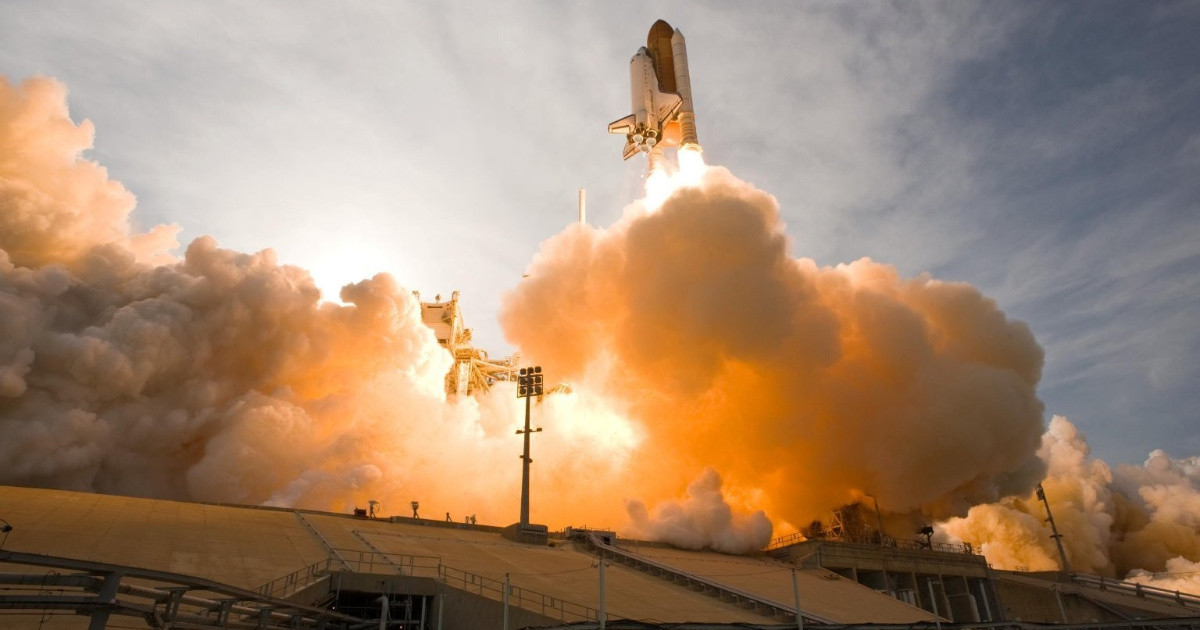Morphing Enabling Technologies for Aerospace Systems
A special issue of Applied Sciences (ISSN 2076-3417). This special issue belongs to the section "Aerospace Science and Engineering".
Deadline for manuscript submissions: 20 December 2024 | Viewed by 6525

Special Issue Editors
Interests: morphing technology; smart structures; active control; topology optimization
Special Issues, Collections and Topics in MDPI journals
Interests: smart materials; space systems; photonic sensors; adaptive solutions; biomimetics
Special Issues, Collections and Topics in MDPI journals
Special Issue Information
Dear Colleagues,
Flexible morphing deployable aeroshells are increasingly emerging as novel and alternative concepts for performing the controlled re-entry and precise landing of space vehicles. Shape morphing during entry could enable trajectory control by providing enhanced versatility and flight maneuverability, otherwise not achievable with the current rigid decelerators. Additionally, a tailored heat flux and an optimal induced temperature distribution can effectively protect the payload from the re-entry environment.
This Special Issue is dedicated to novel perspectives in modern de-orbiting and re-entry systems featuring advanced mechanisms for the structural shape control of both inflatable and mechanically deployable systems to accomplish the desired entry trajectories and improved landing accuracy by modulating lift over drag. In the development of solutions to these challenges, articles may address various topics, ranging from the structural design of deployment mechanisms (the physical obstruction producing aerodynamic drag) to the aeroshell’s ability to reduce the peak heating rates through a decreased ballistic coefficient, including novel design concepts, entry vehicle trajectory simulations, aerothermal assessments, multibody analyses, and multi-objective optimization.
This initiative is the result of the long-term scientific and technical cooperation between Italy and Brazil concerning space science. The Guest Editors are the PIs of the SPLASH (Self-Deployable Flexible Aeroshell for De-Orbiting and Space Re-Entry) project, funded in part by a grant from the Italian Ministry of Foreign Affairs and International Cooperation (MAECI) for the Italian side, and by CONFAP through the involved State Funding Agencies (FAPs) for the Brazilian side.
Dr. Ignazio Dimino
Dr. Cristian Vendittozzi
Guest Editors
Manuscript Submission Information
Manuscripts should be submitted online at www.mdpi.com by registering and logging in to this website. Once you are registered, click here to go to the submission form. Manuscripts can be submitted until the deadline. All submissions that pass pre-check are peer-reviewed. Accepted papers will be published continuously in the journal (as soon as accepted) and will be listed together on the special issue website. Research articles, review articles as well as short communications are invited. For planned papers, a title and short abstract (about 100 words) can be sent to the Editorial Office for announcement on this website.
Submitted manuscripts should not have been published previously, nor be under consideration for publication elsewhere (except conference proceedings papers). All manuscripts are thoroughly refereed through a single-blind peer-review process. A guide for authors and other relevant information for submission of manuscripts is available on the Instructions for Authors page. Applied Sciences is an international peer-reviewed open access semimonthly journal published by MDPI.
Please visit the Instructions for Authors page before submitting a manuscript. The Article Processing Charge (APC) for publication in this open access journal is 2400 CHF (Swiss Francs). Submitted papers should be well formatted and use good English. Authors may use MDPI's English editing service prior to publication or during author revisions.
Keywords
- morphing aeroshells
- space mechanisms
- re-entry vehicles
- mechanically deployable systems
- inflatable systems
- adaptive shape-changing mechanisms
- design methodologies and optimization
- aerothermodynamics
- entry trajectories estimation
- multibody simulations






